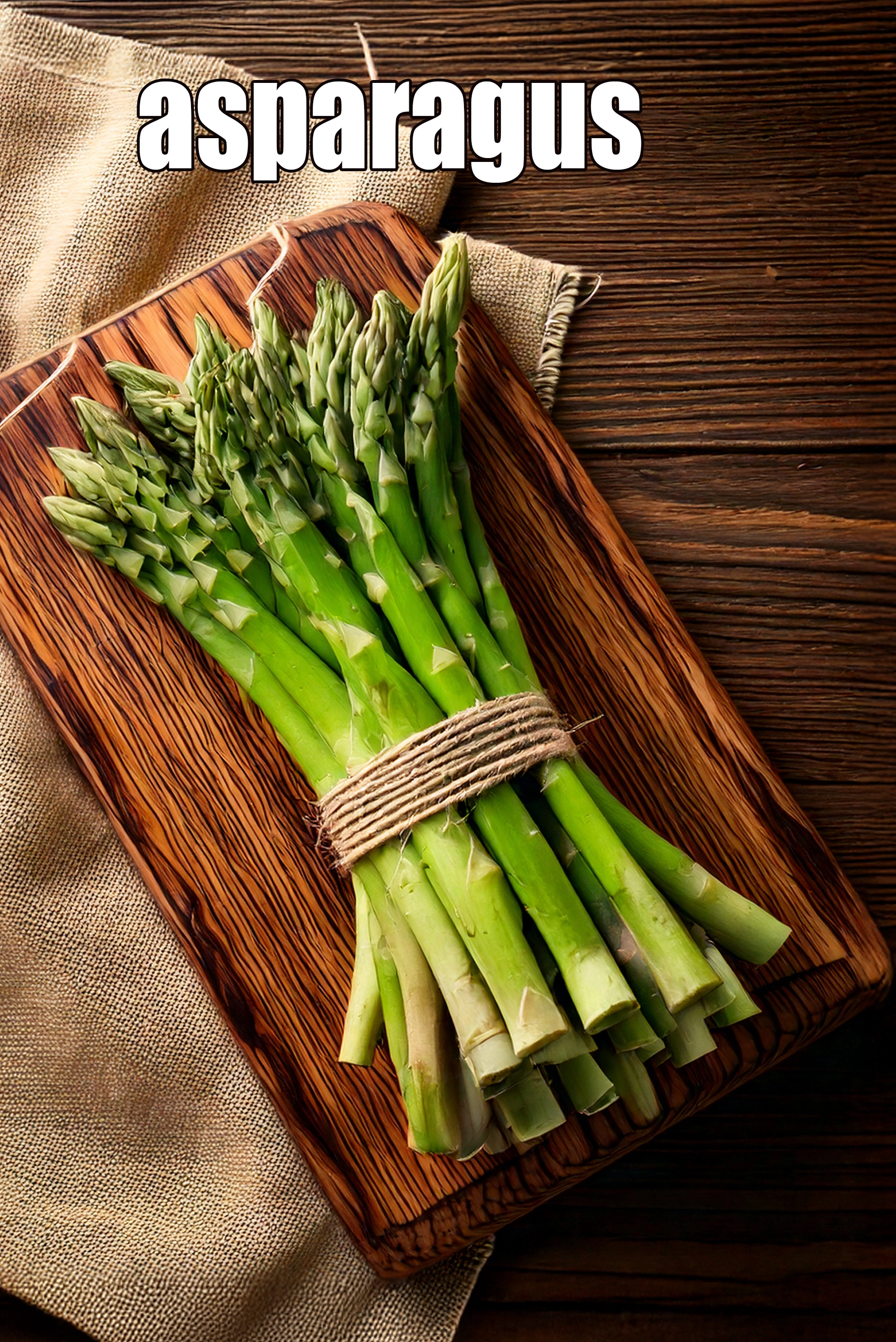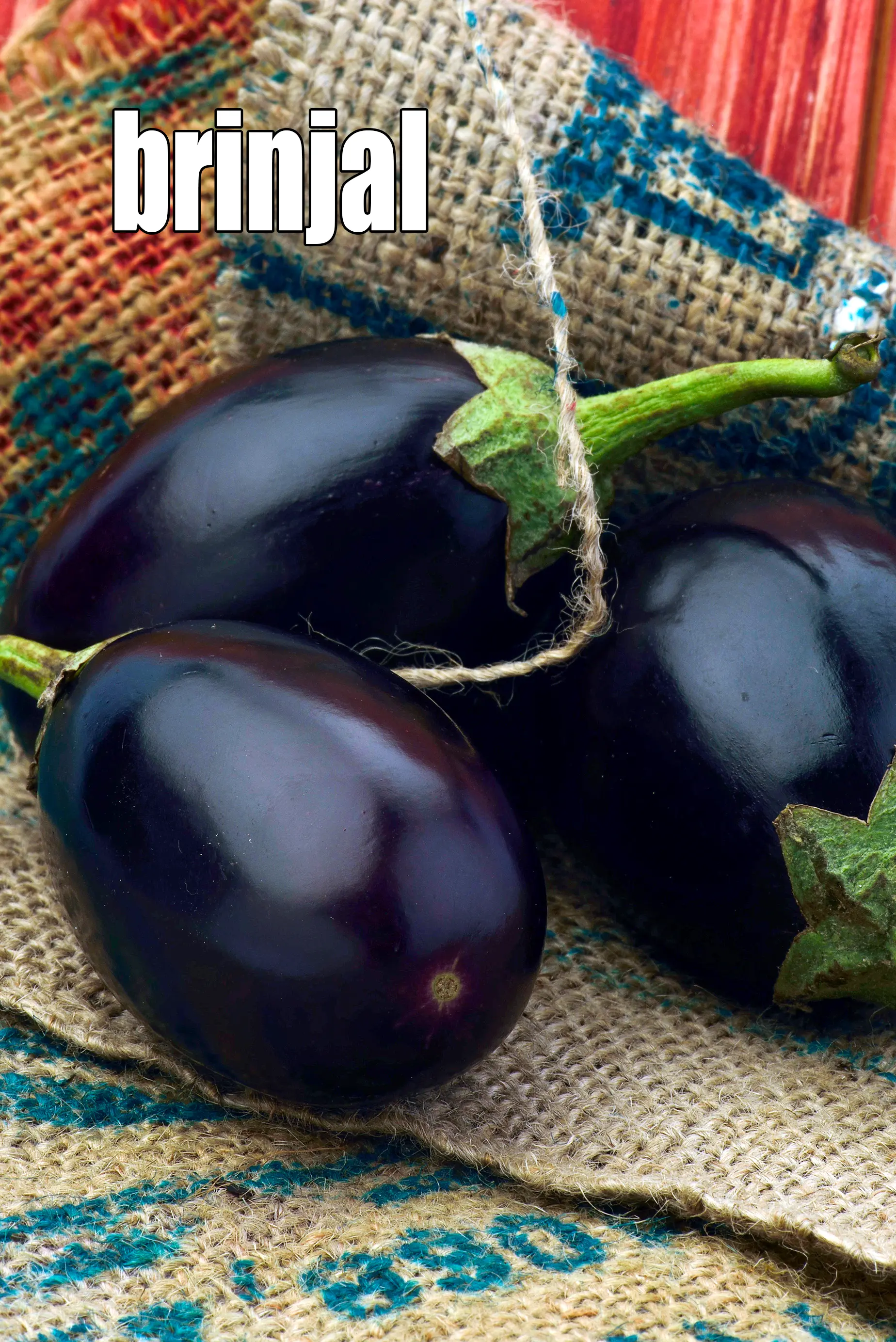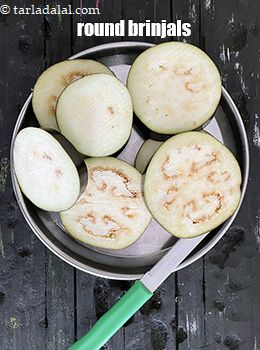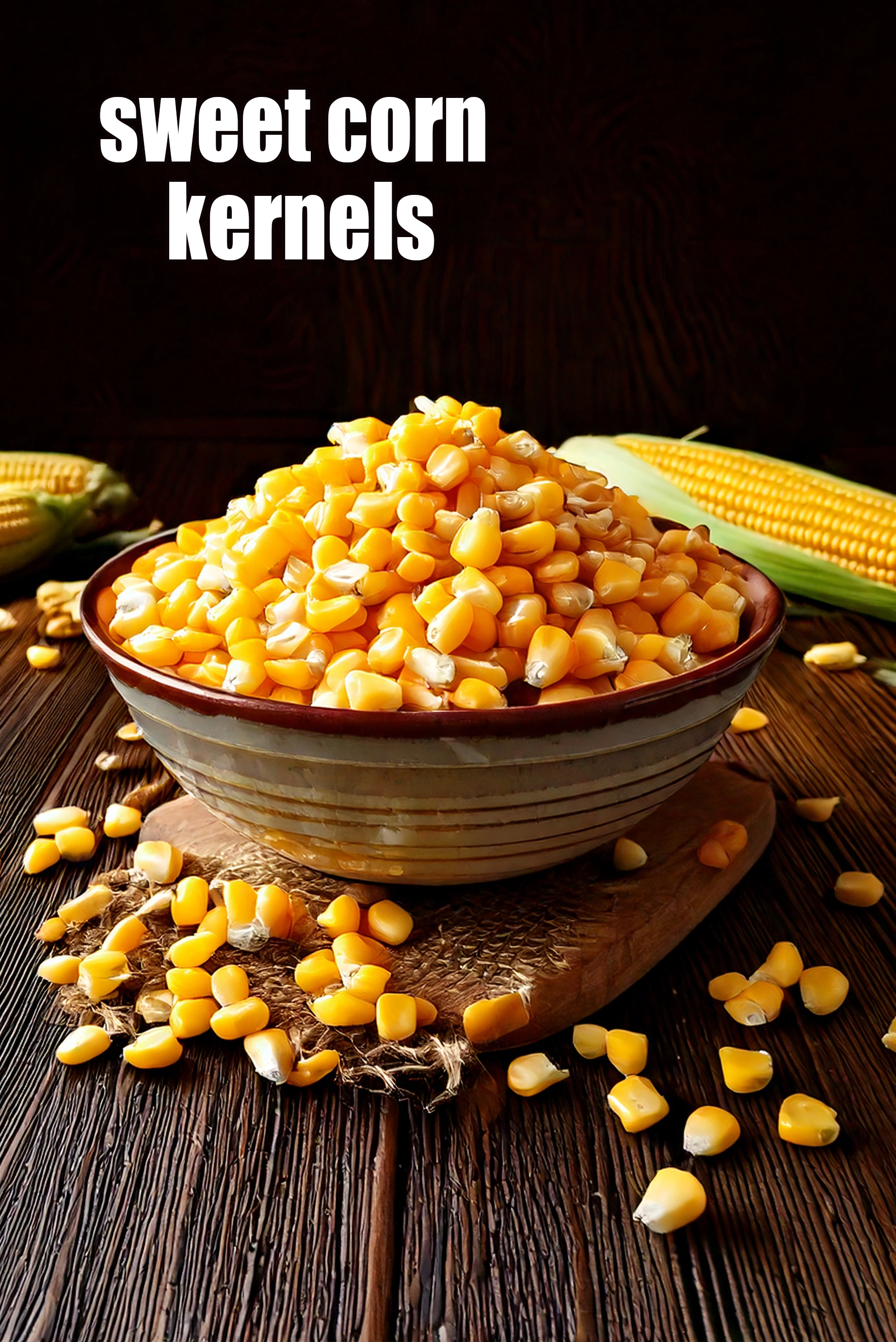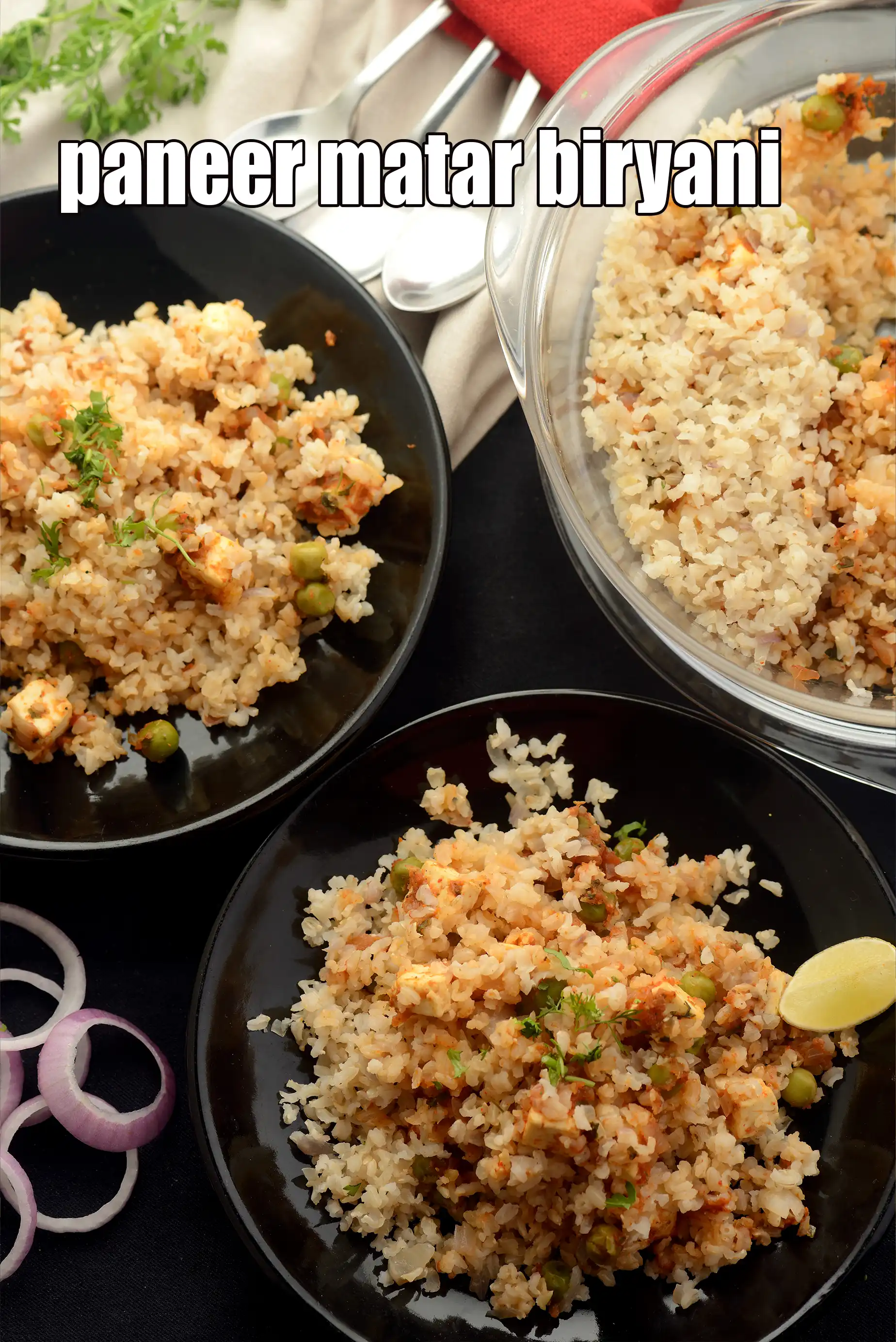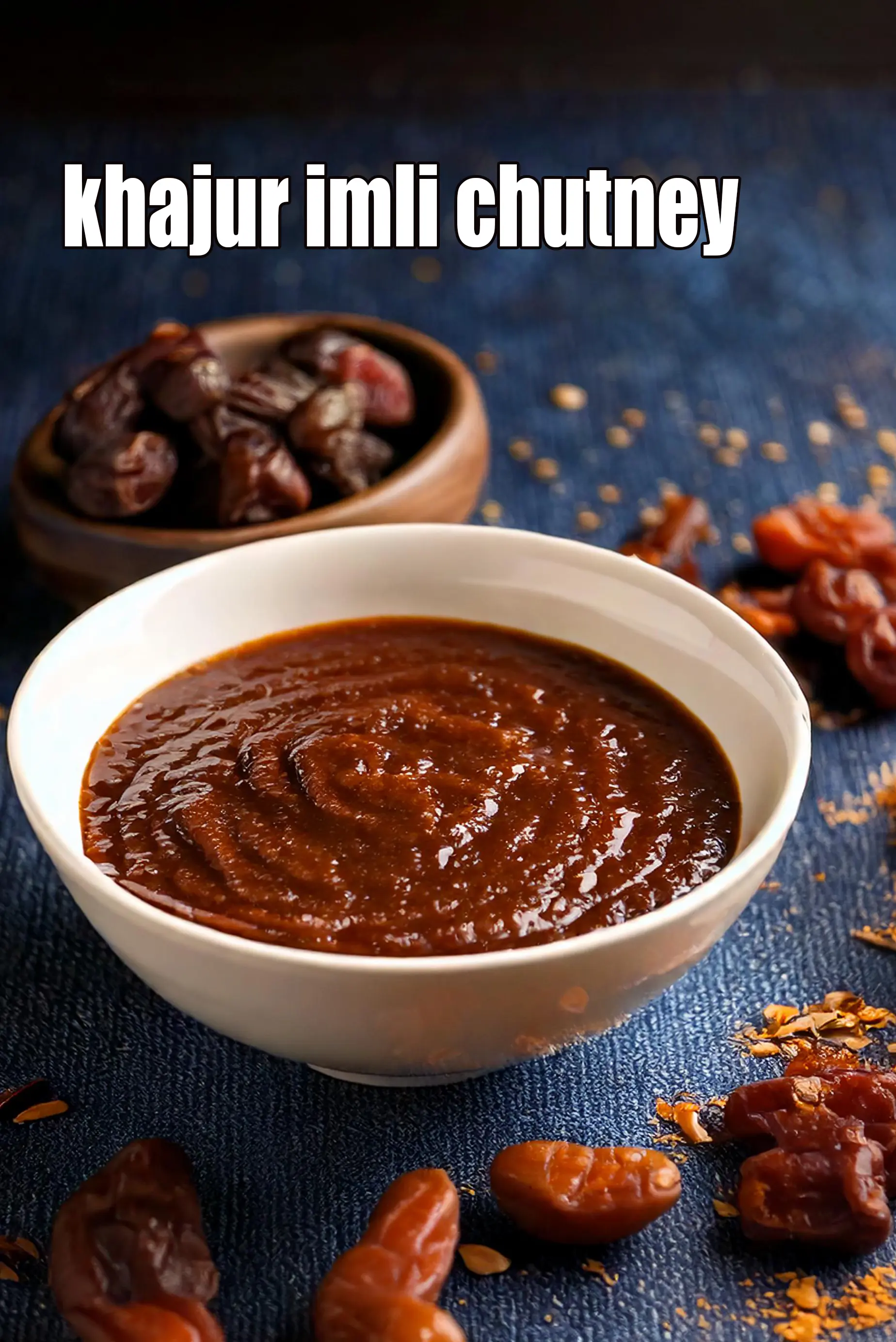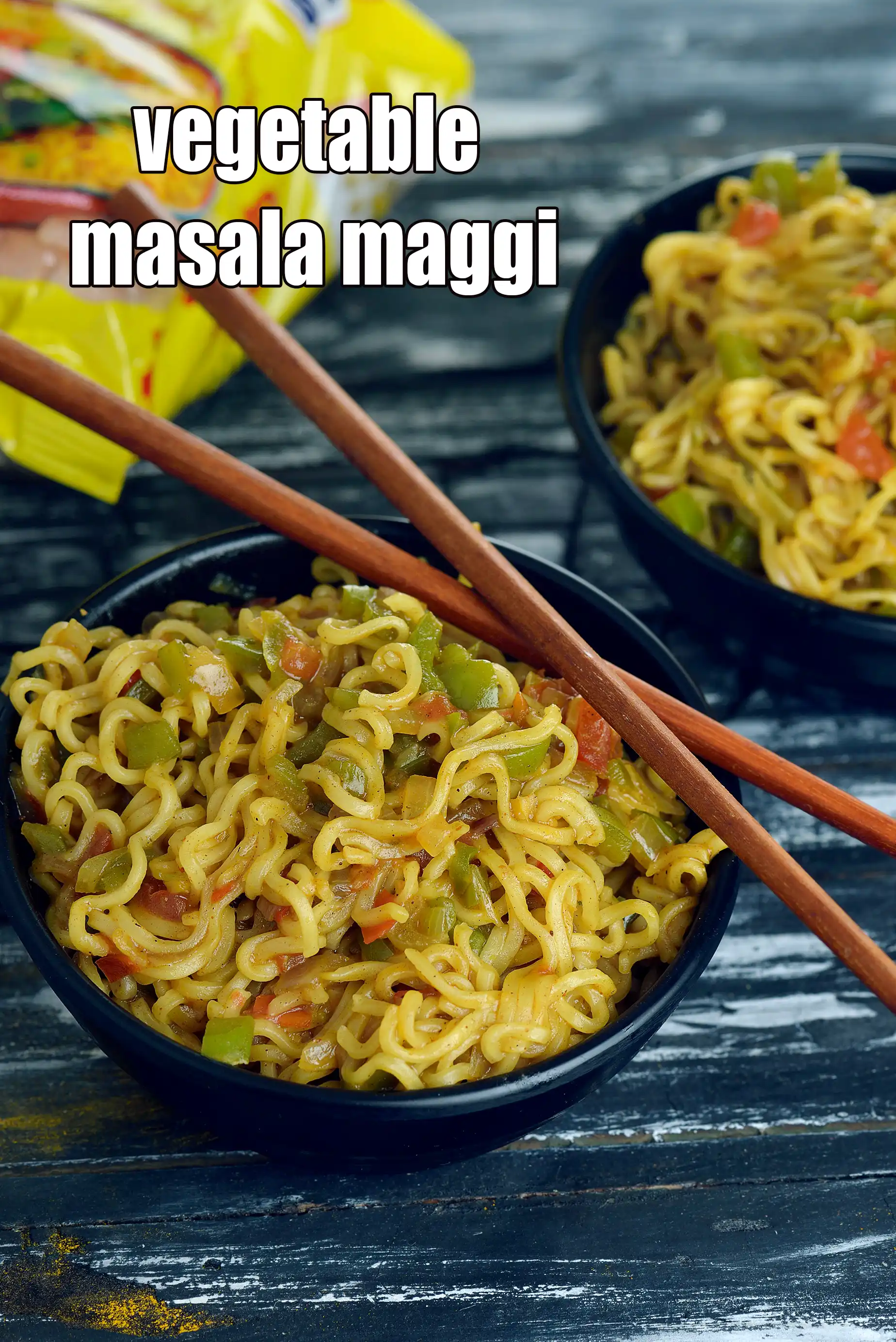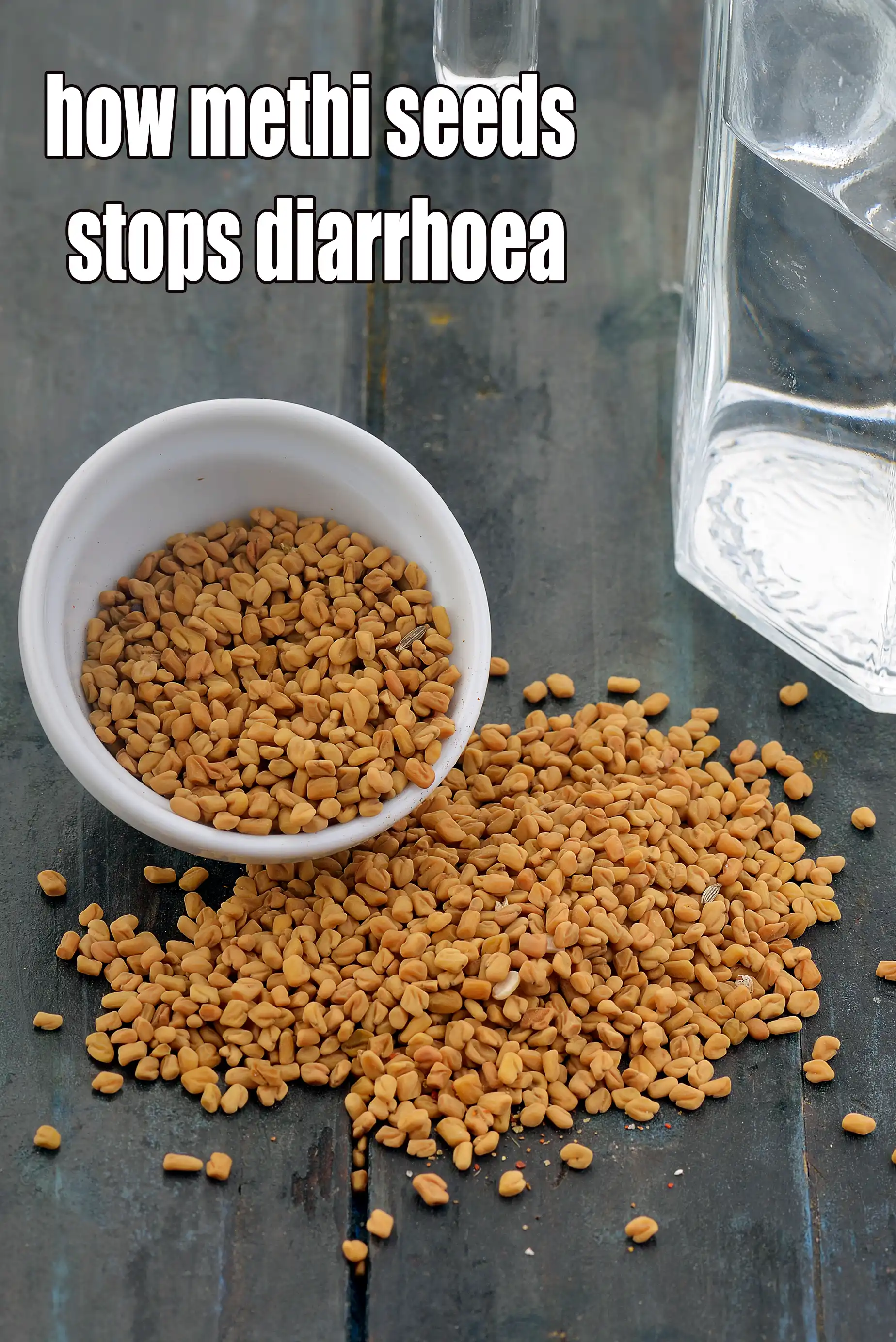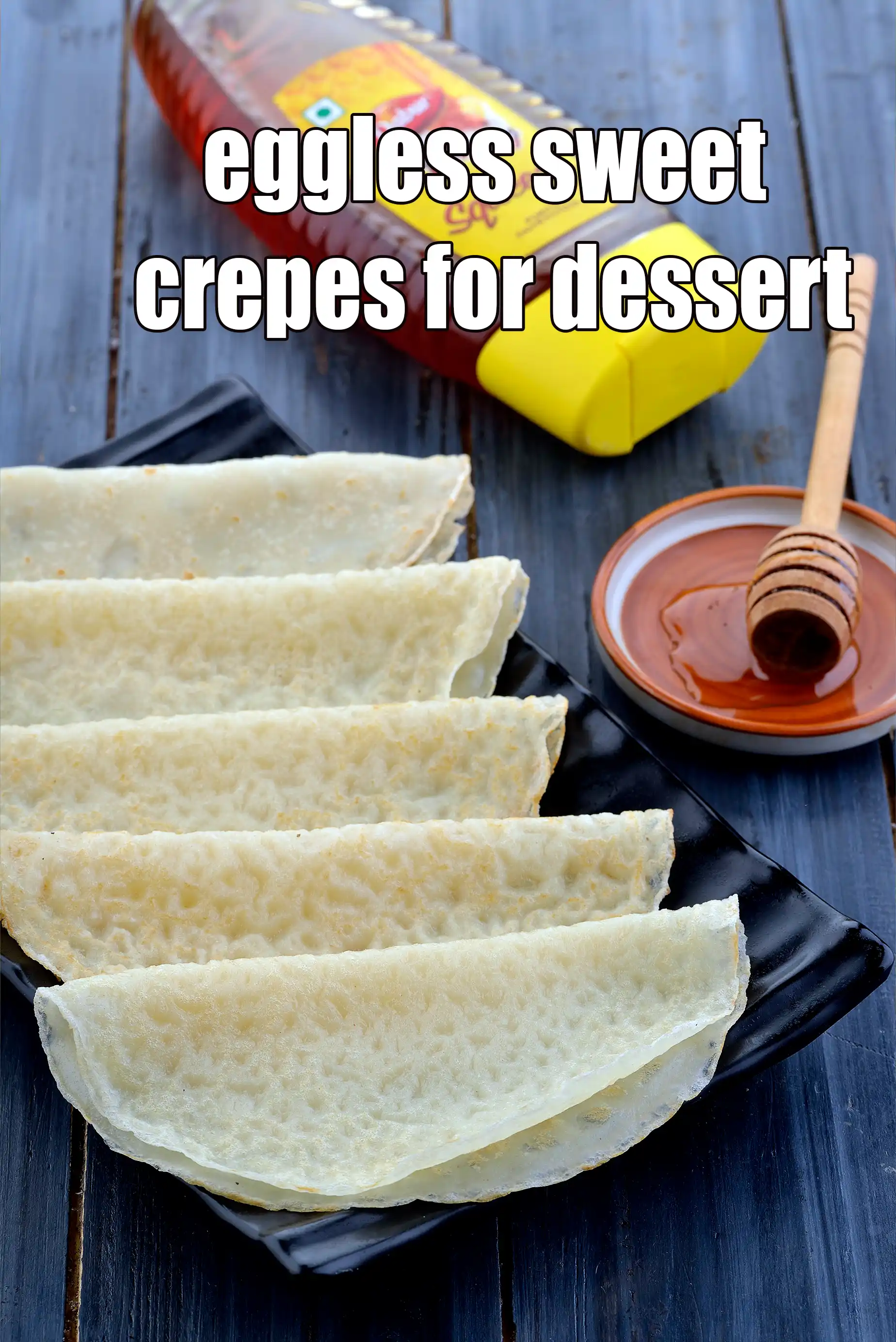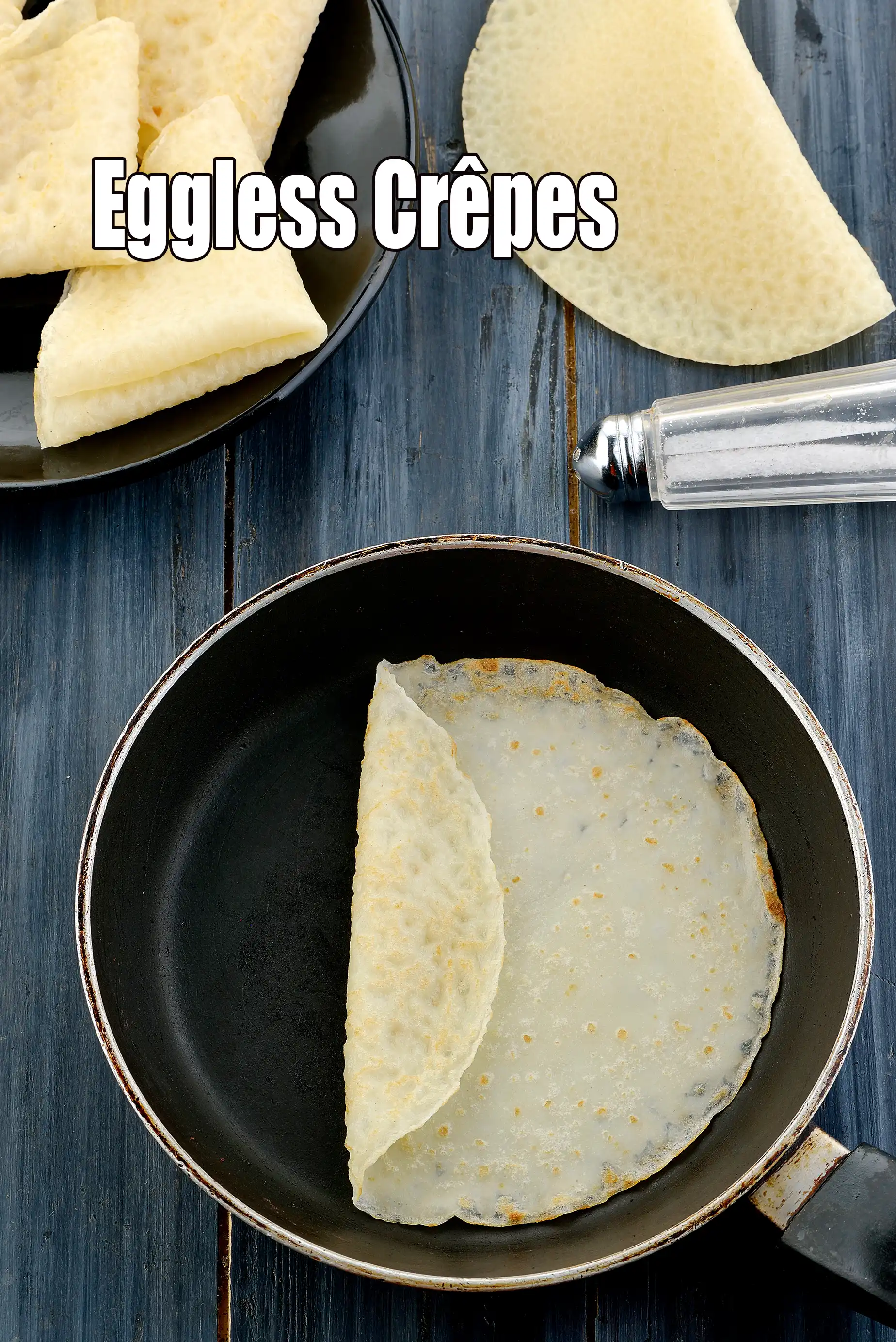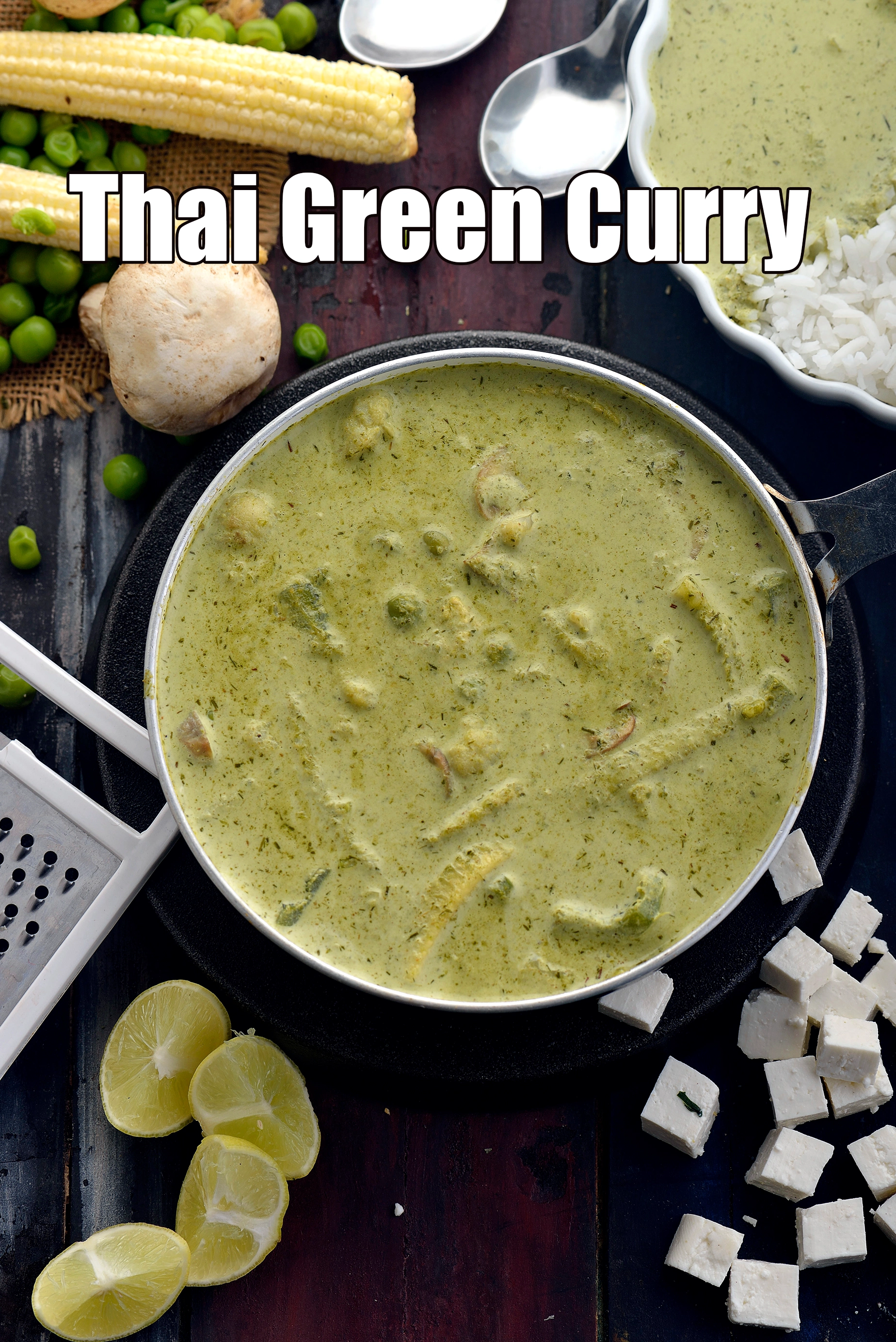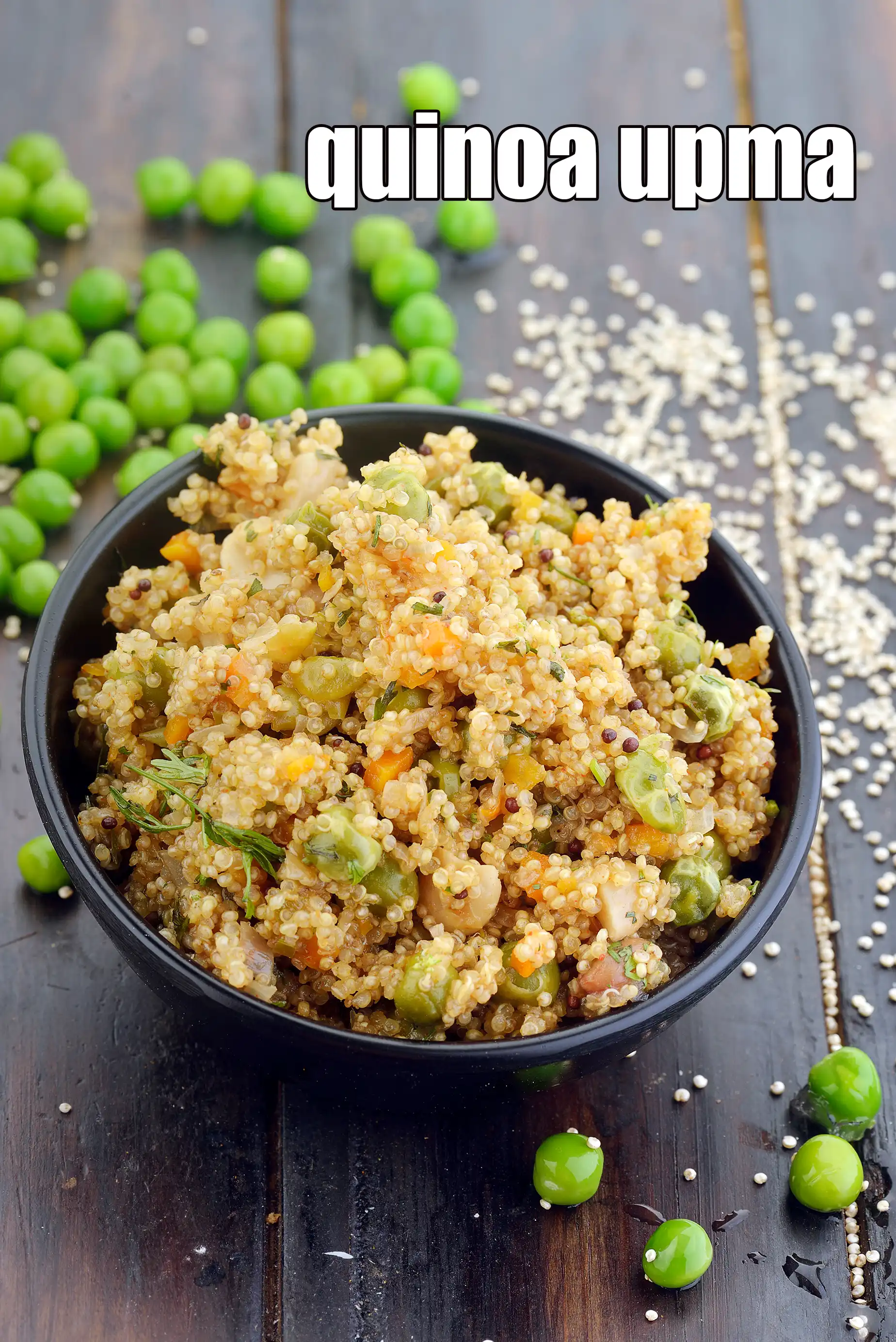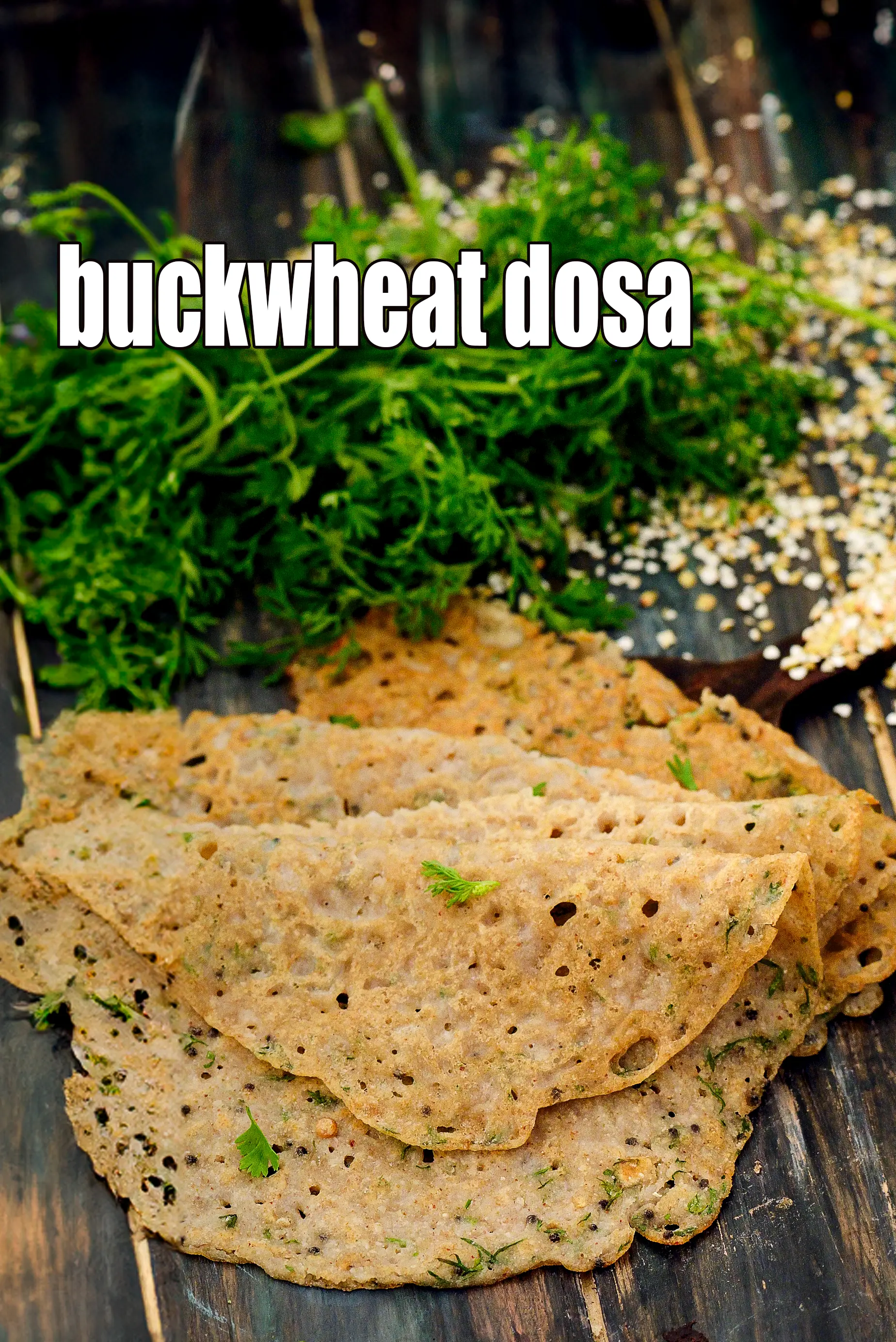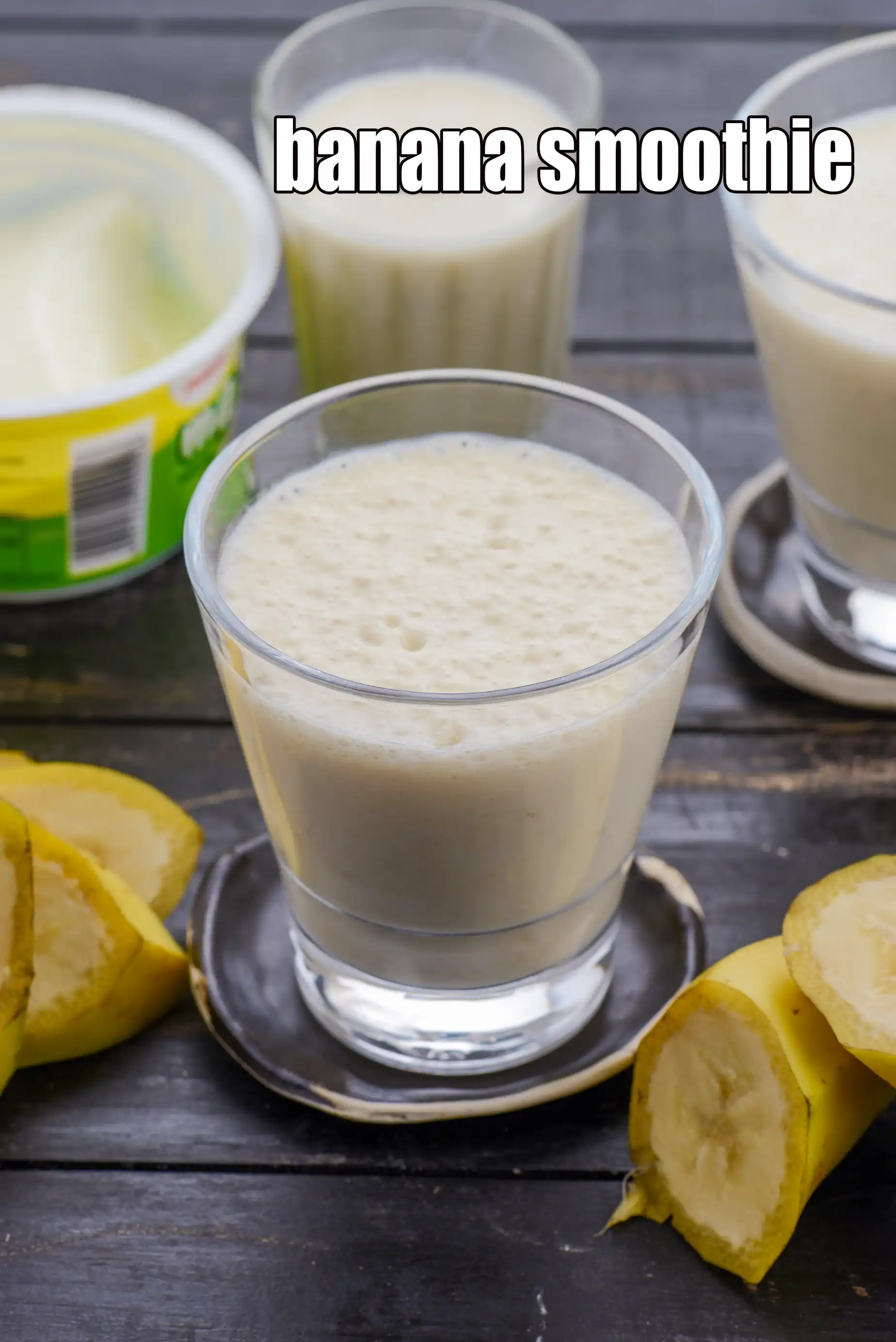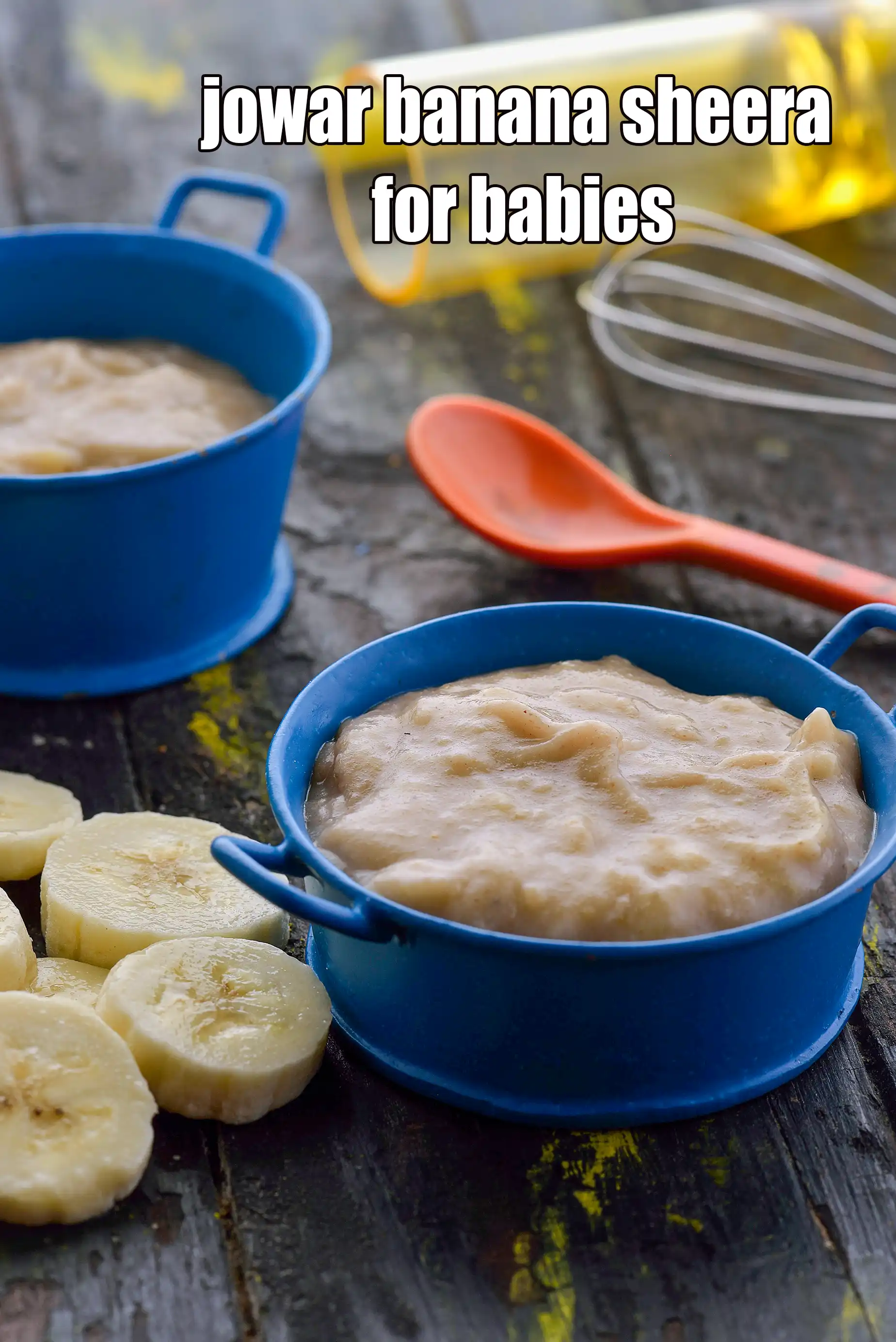celery
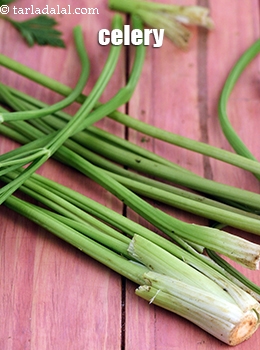
Table of Content
Also Known as
Ajmoda, Celery Stalks, Shalari, Ajmud
What is Celery?
Celery has become a common household staple along with carrots, onions and potatoes. Celery grows to a height of 12 to 16 inches and is composed of leaf-topped stalks arranged in a conical shape that are joined at a common base. Celery is a biennial vegetable (meaning it has a normal life cycle of two years) that belongs to the Umbelliferae family, whose other members include carrots, fennel, parsley and dill. The stalks have a crunchy texture and a delicate, but have a mild salty taste. The stalks in the center are called the heart and are tender.
How to Select Celery, Ajmoda
Choose celery that looks crisp and snaps easily when pulled apart. It should be relatively tight and compact and not have stalks that splay out. The leaves should be pale to bright green in color and free from yellow or brown patches. To check for damage, separate the stalks and look for brown or black discoloration. In addition, evaluate the celery to ensure that it does not have a seed stem-the presence of a round stem in the place of the smaller tender stalks that should reside in the center of the celery. Celery with seed stems are often more bitter in flavor.
7 Uses of Celery, Ajmoda
Celery, also known as Ajmoda, is a vegetable, very similar to parsley. It has long stalks and leaves which are both edible. The texture of celery is crunchy, fibrous, a little salty and watery. This vegetable has a worldwide usage and is a good source of Vitamin C.
1. Celery, due to its crunchy texture and distinctive flavor, makes it a popular addition to salads and sandwiches. Cucumber, Capsicum and Celery Salad is the perfect example of how a simple salad can be made with celery.
2. Carrots, onions and celery is a winner combination that forms the base for many recipes and soups. This combination is the most ideal one while making a vegetable stock, which in turn forms the base of many soups. Celery soups can be made either by adding pieces of celery to the soup or by pureeing it.
3. South Indians use celery to make a delicious curry called Celery Parippu.
For complete uses of Celery read this article.
How to Store Celery, Ajmoda
To store celery, place it in a sealed container or wrap it in a plastic bag or damp cloth and store it in the refrigerator. If you are storing cut or peeled celery, ensure that it is dry and free from water residue, as this can drain some of its nutrients. Freezing will make celery wilt and should be avoided unless you will be using it in a future cooked recipe. Celery should not be kept at room temperature for too long since, because of its high water content, it has a tendency to wilt quickly
Health benefits Celery, Ajmoda Celery helps reduce the total blood cholesterol and triglyceride levels, thus reducing the clogging of arteries and chances of stroke. Diabetics too can include this vegetable to their diet as its high fiber contribute to maintain healthy levels of blood sugar levels. Potassium and its active compound phthalides have shown positive effects in controlling blood pressure. See detailed benefits of celery. Nutritive Information for Celery:
1 Cup of raw celery is about 102 grams
RDA stands for Recommended Daily Allowance.
Energy - 18 calories
Protein – 0.8g
Carbohydrate – 3.5 g
Fat – 0.1 g
Fiber – 1.2 g
Vitamins:
520 mcg of Vitamin A = 10.8% of RDA (about 4800 mcg)
0.12 mg of Vitamin B1 (Thiamine) = 10% of RDA ( (about 1.2 to 1.6 mg for men)
0.05 mg of Vitamin B2 (Riboflavin) = 2.6% of RDA (about 1.4 to 1.9 mg for men)
0.3 mg of Vitamin B3 = 2.5 % of RDA (about 12 mg)
36 mcg of Folate (Vitamin B9) = 36% of RDA (about 100 mcg)
6 mg of Vitamin C = 15% of RDA (about 40 mg)
Minerals:
230 mg of Calcium = 23% of RDA (about 1000 mg)
4.8 mg of Iron = 24% of RDA (about 20 mg)
11 mg of Magnesium = 3.1% of RDA (about 350 mg)
38 mg of Phosphorus = 23% of RDA (about 600 mg)
260 mg of Potassium = 5.5% of RDA (about 4700 g)
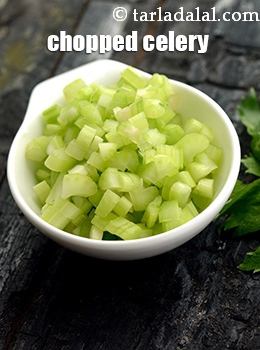
chopped celery
Wash the celery with water dry using a kitchen towel. Separate out the stalks and leaves. Place all the stalks on the chopping board and cut at regular intervals to get chopped celery.
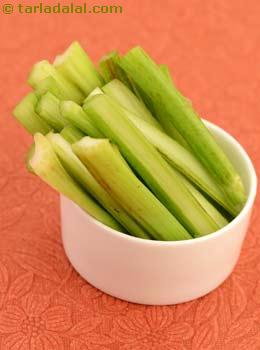
sliced celery
Wash the celery with water dry using a kitchen towel. Separate out the stalks and leaves. Place the stalks on the chopping board and cut it vertically from the centre from top to bottom of a stalk to get 2 long pieces. Line both the long pieces together and cut at regula intervals (approx. 2 inches) across the board to get sliced celery.

Related Recipes
Chinese Vegetable Fried Rice ( Easy Chinese Cooking )
Schezuan Fried Rice, Schezwan Fried Rice
Manchow Soup, Chinese Veg Manchow Soup
Broccoli And Almond Soup, Protein Rich Recipe
Triple Schezwan Rice, Mumbai Roadside Recipe
More recipes with this ingredient...
celery (183 recipes), chopped celery (162 recipes) , sliced celery (2 recipes)
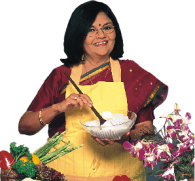
Related Glossary
Follow US
Recipe Categories
- Vitamin B12 Cobalamin Rich Recipes 33 recipes
- Low Calorie, Weight Loss Indian Recipes 421 recipes
- Low Cholesterol Indian Recipes 308 recipes
- Healthy Indian Breakfast 372 recipes
- Indian Diabetic recipes 558 recipes
- Indian Pregnancy recipes 461 recipes
- Zero Oil Indian Recipes 133 recipes
- Iron Rich Indian recipes 267 recipes
- Healthy Indian Acidity recipes 133 recipes
- Healthy Sabzis 108 recipes
- Indian Healthy Veg Snack 276 recipes
- Healthy Heart Recipes 415 recipes
- Healthy Veg Indian Soups 74 recipes
- Calcium Rich Indian Recipes 372 recipes
- High Blood Pressure Indian Recipes 101 recipes
- Healthy Indian Salads Recipes 137 recipes
- Low Carb Indian Diet, recipes 161 recipes
- Hypothyroidism Diet 62 recipes
- Arthritis Diet 68 recipes
- High Protein Indian recipes 93 recipes
- Vitamin K Diet 42 recipes
- Fatty Liver Diet 30 recipes
- PCOS 136 recipes
- Gluten Free Veg Indian 195 recipes
- High Fiber 328 recipes
- Indian Cancer Patients 275 recipes
- Jaundice Diet 45 recipes
- Sprouts 61 recipes
- Typhoid 43 recipes
- Irritable Bowel Syndrome (IBS) 20 recipes
- Kidney Stone Diet 9 recipes
- Home Remedies 213 recipes
- Senior Citizen 195 recipes
- Healthy Indian Drinks and Juices 213 recipes
- Diet for Dialysis 10 recipes
- Gout Indian Recipes 17 recipes
- Potassium Rich 80 recipes
- Vegan 195 recipes
- Indian recipes to treat Vomiting 8 recipes
- Forever Young Diet, Anti Aging Indian Diet 255 recipes
- Vitamin B1 Rich Indian Foods, Recipes 101 recipes
- Antioxidant Rich Indian 445 recipes
- High in Omega 3 Fatty Acids 31 recipes
- Zinc Rich Foods 55 recipes
- Vitamin A Rich, Beta Carotene, Retinol 89 recipes
- Malaria Diet 18 recipes
- Magnesium Rich 94 recipes
- Healthy Indian Dinner 85 recipes
- Vitamin C Rich Indian recipes 118 recipes
- Low Veg Glycemic Index 86 recipes
- Lower Blood Pressure Salads 8 recipes
- Healthy Indian Lunch Recipes 29 recipes
- Lactation 25 recipes
- Vitamin E Rich 51 recipes
- Hyperthyroidism Diet 47 recipes
- Vitamin B3, Niacin Rich 41 recipes
- Post Surgery Diet 42 recipes
- Selenium 27 recipes
- Lower Blood Pressure Desserts Sweets 14 recipes
- Phosphorus Rich Indian Recipes, Foods 74 recipes
- Copper 15 recipes
- Foods Rich in Vitamin B2 Riboflavin 22 recipes
- Vitamin B6 Diet 36 recipes
- Vitamin B9 Rich Folate 50 recipes
- B Vitamins 231 recipes
- Marathoners, Endurance Athletes, Triathlete 225 recipes
- Manganese Diet 32 recipes
- Thalassemia 18 recipes
- Detox Water, Fruit Infused Water 42 recipes
- Lactose Free Dairy Free 22 recipes
- Omega 6 Fatty Acids 32 recipes
- Phytonutrients 51 recipes
- Chronic Kidney Disease Indian recipes 11 recipes
- Selenium1 0 recipes
- Quick Snacks / Quick Starters 385 recipes
- Quick Breakfast Indian 131 recipes
- Quick Sabzis 117 recipes
- Quick Rotis / Parathas 46 recipes
- Quick Indian Sweets 139 recipes
- Quick Stir-Fries 51 recipes
- Quick Vegetarian Indian Soups 72 recipes
- Quick Chutneys 67 recipes
- Quick Vegetarian Rice, khichdi Recipes 56 recipes
- Indian snacks under 10 minutes 44 recipes
- Quick Indian Dips, Gravies & Sauces 104 recipes
- Quick Veg Indian Pizza 17 recipes
- Quick Veg Pasta 25 recipes
- Quick Pickles / Aachar 25 recipes
- Quick Dals / quick Kadhis 29 recipes
- Snacks under 5 minutes 33 recipes
- Quick Healthy Recipes 43 recipes
- Quick Pressure Cooker 46 recipes
- Quick Desserts 47 recipes
- Quick 3 Ingredients 63 recipes
- Quick Indian Desserts 20 recipes
- Quick 4 Ingredients 41 recipes
- Quick 5 Ingredients 42 recipes
- Kids Tiffin Box 319 recipes
- Recipes for Toddlers (1-3 Years) 32 recipes
- Sweet Recipes for Kids 456 recipes
- Recipes for Baby (10 to 12 Months) 17 recipes
- Quick Indian recipes for Kids 72 recipes
- Indian Breakfast Recipes for Kids 192 recipes
- Recipes for Weaning (8 to 9 months) 22 recipes
- Healthy Foods for Kids 196 recipes
- Snack Recipes for Kids 619 recipes
- Recipes Kids can make 36 recipes
- Kids After School 794 recipes
- Kids Jar Snacks 66 recipes
- Finger Foods for Babies, Toddlers and Kids 76 recipes
- Kids Weight Gain 43 recipes
- Kids Wraps and Rolls 23 recipes
- Kids Veg Pasta 27 recipes
- Kids Brain Boosting 68 recipes
- Protein rich food for kids 69 recipes
- Recipes for Weaning 15 recipes
- Kids Pizzas 30 recipes
- Babies, Toddler and Kids Iron Rich Foods 31 recipes
- High Fiber Foods for Kids 39 recipes
- Kids Noodles 37 recipes
- Kids High Energy Indian Foods 103 recipes
- Kids Calcium Rich Indian recipes 91 recipes
- Babies recipes, 6 to 18 months 34 recipes
- Kids Recipes for Increasing Immunity 10 recipes
- Kids Weight Loss 58 recipes
- Teething Recipes for Babies 10 recipes
- Cereals and Pulses for 8 to 9 months Baby 8 recipes
- Weaning foods at 7 months 12 recipes
- Indian Teen 315 recipes
- Starters / Snacks 2138 recipes
- Indian Breakfast Recipes 819 recipes
- Main Course Recipes 925 recipes
- Indian Salads 385 recipes
- Indian Desserts , Sweets 985 recipes
- Indian Soups 249 recipes
- Indian Beverages, Indian Drinks 483 recipes
- Indian Dinner 903 recipes
- Indian Dinner1 0 recipes
- Indian Lunch 830 recipes
- Side Dishes 449 recipes
- Indian Travel Food 433 recipes
- Indian Barbeque1 recipes 22 recipes
- Frozen Foods, Indian Freezer Recipes 67 recipes
- Whole Wheat Recipes 56 recipes
- Indian Comfort Foods 212 recipes
- Dinner Menus 56 recipes
- Easy Indian Veg 70 recipes
- Innovative Indian Recipes 27 recipes
- No Cook Indian 37 recipes
- Advanced Recipes 10 recipes
- Cakes with Eggs 13 recipes
- Microwave 229 recipes
- Oven 619 recipes
- Indian Steamer Recipes 102 recipes
- Kadai Veg 407 recipes
- Indian Barbeque Recipes 43 recipes
- Sizzler tray 15 recipes
- Mixer 566 recipes
- Pressure Cooker 315 recipes
- Tava 646 recipes
- Non-stick Pan 1393 recipes
- Indian Freezer recipes, meals 57 recipes
- Appe Mould 18 recipes
- Pan 223 recipes
- Non Stick Kadai Veg 203 recipes
- kadai Indian 150 recipes
- Refrigerator 176 recipes
- Waffle Indian recipes 6 recipes
- Handi 12 recipes
- Juicer and Hopper 65 recipes
- Grill 31 recipes
- Toaster 21 recipes
- Gas Toaster 8 recipes
- Steam 72 recipes
- No Cooking Veg Indian 335 recipes
- Vegetarian baked Indian recipes 380 recipes
- Boiled Indian recipes 129 recipes
- Deep Fry 260 recipes
- Indian Tawa 266 recipes
- Shallow Fry Indian 25 recipes
- Microwave1 172 recipes
- Saute 273 recipes
- Indian Pressure Cooker 171 recipes
- Stir-fry 100 recipes
- Roasting 0 recipes


